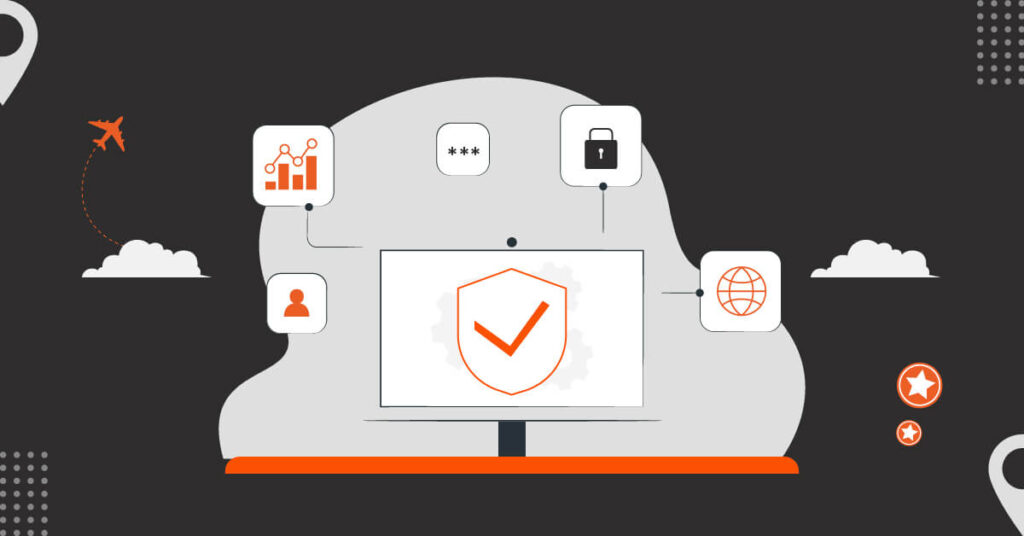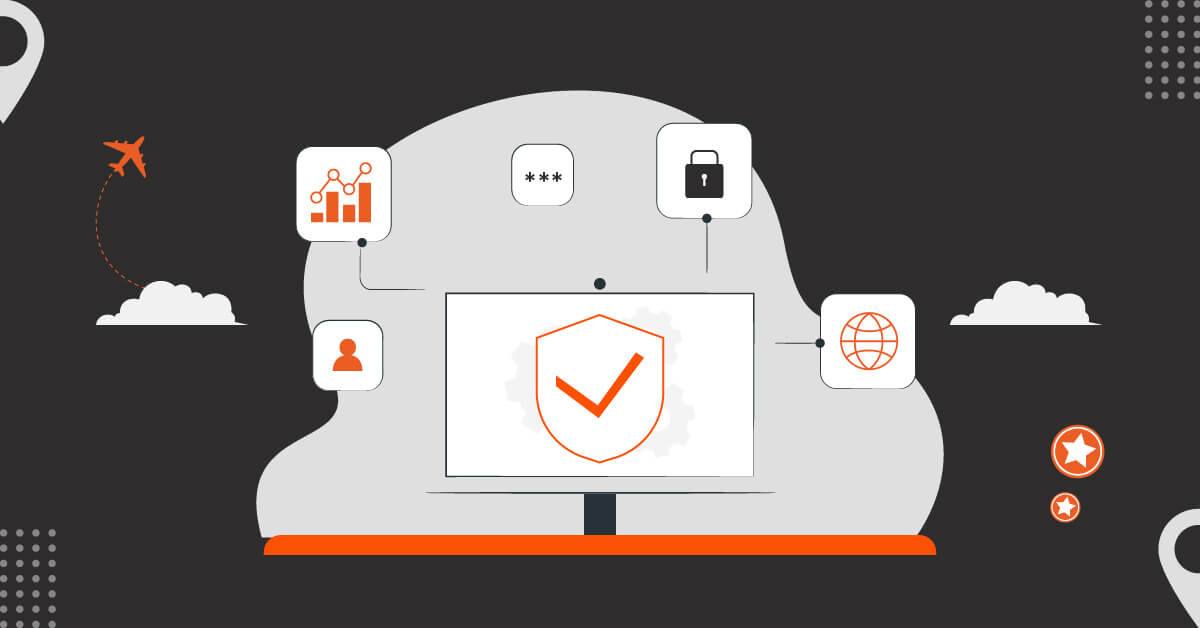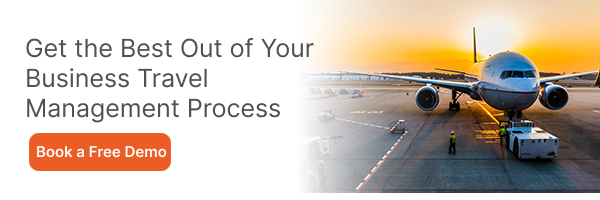
As businesses increasingly rely on technology for business travel management, the usage of software has become pervasive. However, the increasing dependence on software also heightens the risk of security issues. Therefore, it is crucial to choose software with enhanced protection of sensitive data such as employee details, bookings, etc.
Read along to know about the 10 security measures you must consider when selecting a company travel management software solution.
1. Security Updates and Patches
Patching means modifying the software to improve security, fix any bugs or add new features to it. The software vendor should patch the software regularly to ensure it is protected against the latest security threats.
In addition, patching reduces the risk of data breaches and system crashes. This improves the overall performance of company travel management software.
2. Incident Response Plan
When selecting travel management software, ensure that you are provided with a structured incident response (IR) plan. An IR plan helps companies prepare for and respond to cybersecurity incidents. The plan drafts the role of each member of the response team. It also maps out the steps which must be taken during each phase of the incident management process.
IR also includes a continuity plan, which enlists ways to restore data in the event of a security breach. By having an IR plan in place, companies can respond quickly to security incidents and prevent further damage.
3. Employee Training Program
Employees can be one of the biggest contributors to security issues in business software. According to Verizon, human error is responsible for 82% of data breaches.
The software provider of the company travel management software should equip you with employee training and awareness programs. Educating employees about threats enables them to identify and report security risks at the earliest. This mitigates major losses to the company.
4. Access Control
Access control, also known as least privilege, ensures that employees only get access to those resources of the software that are required to perform their job.
For example, with role-based access control, an employee might be granted access to view their own travel itinerary. However, a travel manager might be able to view the itineraries of all employees. This way, you can ensure that sensitive information has restricted access to employees, thus, reducing the risk of security incidents.
5. User Authentication
User authentication ensures that only authorized users have access to the company travel management software. Some common types of mechanisms include:
- Passwords: This is the most common and simple mechanism, with employees providing a username and password to access the software.
- Biometrics: It requires employees’ unique body characteristics, such as fingerprints to verify their identity.
- Single sign-on: It enables users to authenticate once and gain access to many systems without re-entering their credentials.
6. Password Management
Since the most common way of accessing the company travel management software is through passwords, the vendor must enforce security policies that ensure that employees create strong passwords. This involves using uppercase and lowercase letters, symbols, and numbers and keeping the length long (14-16 characters). Further, employees must regularly change the password and prevent reusing an old one.
7. Data Backup
Companies can lose data due to various reasons, such as malware attacks or hardware crashes. Such incidents can result in the loss of important files, which can be detrimental to any company.
Backing up data is a preventive measure that can help in reducing the impact of such events. It allows companies to ensure that in the event of data loss, they can recover it. This way, companies can continue their operations without much delay.
8. Regular Security Checks
Regular security checks by the software provider help identify gaps that might lead to data breaches in company travel management software. The checks evaluate whether the security controls are configured correctly. By identifying risks in time, prompt action can be taken to contain them.
9. Data Segregation
Data segregation means dividing data into separate categories based on their level of sensitivity. This is beneficial in the event of a security breach. When data is separate, only the affected category of data is at risk, whereas other information remains secure.
Implement these Measures to Enhance Security
With the increasing complexity of IT systems and the growing threat of cyberattacks, companies must take a proactive approach to protect their software.
ITILITE is a SaaS-based corporate travel management software solution that complies with global regulations to maintain the privacy and security of its users.
To know more about how ITILITE keeps data secure, please talk to our experts now.












